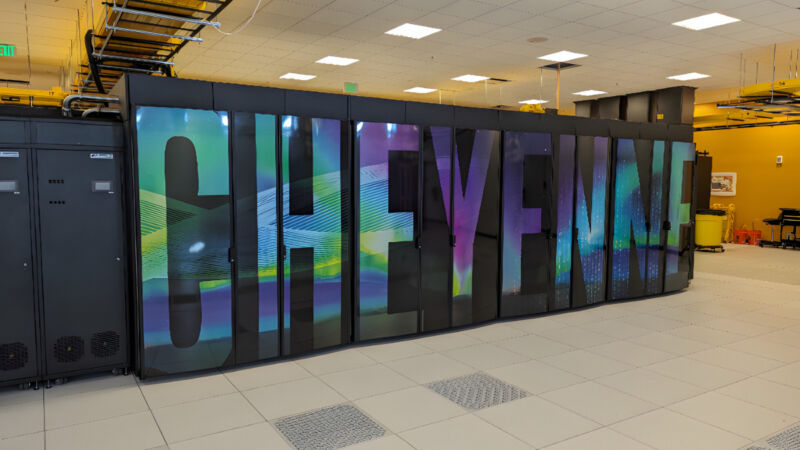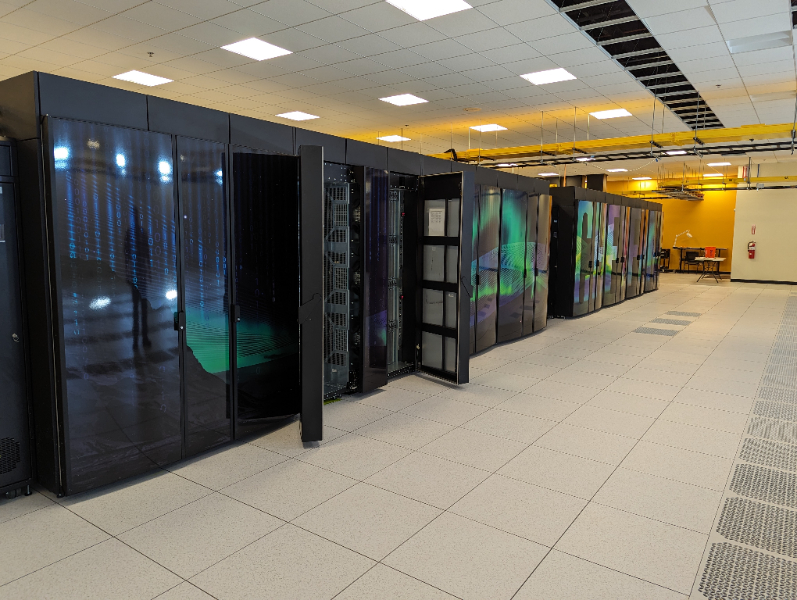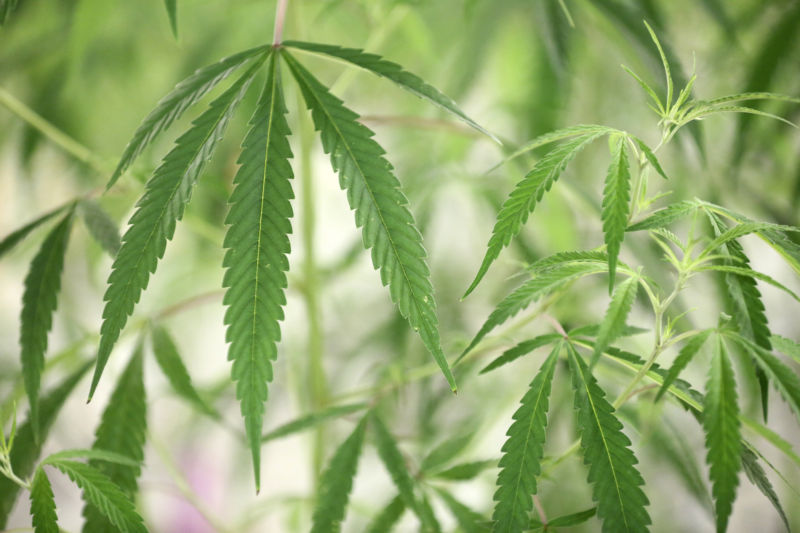And Elon wept, seeing as he had no more chargers to conquer.
The big news of yesterday, besides the Astros actually winning a game in extra innings, was that Elon Musk unfollowed a bunch of people on X. Just kidding (sort of)! The big news was that Musk fired almost the entire team responsible for running his successful Supercharging business. There are a lot of theories for why he did this, but there’s one I think is kinda fascinating and it makes this move, and a sale of the business, sort of logical.
Less logical and more emotional is Musk’s unfollowing of people, which I do want to talk about a little bit because it fits nicely into a discussion about why talking about Elon Musk is often not fun.
And let’s finish up talking broadly about April’s first sales reports and, oh, the UAW planning to strike against Stellantis. Let the Hump Day Morning Dump begin!
Tesla Fires Supercharging Team And, Fine, It’s A Mediocre Business
Confirmed – @Tesla @elonmusk has let our entire charging org go. What this means for the charging network, NACS, and all the exciting work we were doing across the industry, I don't yet know. What a wild ride it has been.
— willjameson (@willjameson) April 30, 2024
Tesla, the EV automaker that creates 10x headlines for every 1x car it builds, is in the news for yet another round of massive layoffs following the company’s relatively poor performance in Q1 of this year.
What’s drawn the most attention is that the layoffs seem to have almost entirely obliterated one team. From the BBC:
Tesla has fired its entire Supercharger division, staff who worked in the team say.
There are over 50,000 Superchargers globally, the company says, making it the world’s largest fast-charging network for electric vehicles.
Boss Elon Musk said the firm would cut one in ten jobs, as it faces strong competition from less expensive rivals.
That seems bad! Here’s some analysis from Tesla-watcher Fred Lambert, who also noted that Tesla is backing out of some leases for new Supercharger sites:
I am extremely perplexed by the move.
If one thing was a clear success at Tesla, it’s the Supercharger network. Even from a talent perspective. No other charging team in the world has been able to do what Tesla did.
Tesla had just won the charging standard battle – making NACS the new standard in North America and all other automakers adopting and jumping onboard with the Supercharger network.
The timing is perplexing from the outside. Tesla has won the charging war and now most major automakers are going to be switching to the Tesla-developed NACS standard. In fact, one would think that Tesla would want to invest more in NACS since more automakers and customers will be using the service.
Here’s an article over at Electrek from late last year about how potentially valuable the Supercharging network might be for the company:
Wedbush Securities analyst Dan Ives, who has been covering Tesla for a long time, came out with a new note to clients today in which he stated that he believes the Supercharger network will represent 3% to 6% of Tesla’s total revenue or $10 to $20 billion in revenue by 2030.
Ives wrote:
With the introduction of Tesla’s Magic Dock, an adapter that will allow non-Tesla EVs to charge on the NACS standard, this provides the company an incremental opportunity to further expand its charging footprint to the entire EV fleet.
That doesn’t seem to be happening here, so what’s going on? The Reuters report on this same news makes a point that’s worth considering:
More traditional automakers might hang on to a business that promised steady revenue and near-continuous data exchanges with customers, analysts said. But Musk could take a Silicon Valley entrepreneur’s view that charging is a legacy business that could be streamlined or even divested.
“My guess is that now that the industry has adopted the NACS standard, he views Supercharging less as a strategic moat and more as a cost center,” said KC Boyce, a vice president at data analytics firm Escalent.
The Tesla Supercharger network could have significant value if Musk wanted to sell it, analysts said. Rival U.S. charging networks have struggled with reliability problems and do not have the scale or prime locations Tesla has locked in.
Here’s my reaction to that underlined parts:

In business, a “moat” works much like an actual moat in medieval times, keeping invaders (competitors) out, and keeping the people (customers) in. When only Teslas had access to the incredible Supercharging network it was one reason why people felt the need to buy a Tesla and it was hard to argue with!
As has been continually reported, one of the reasons why NACS is becoming the standard is that car companies and customers are super disappointed with non-Tesla charging companies like Electrify America.
But once anyone can get into a Tesla Supercharger the moat is gone, and it just becomes another business. And one with a lot more competition. It’s also a tough business, with Volkswagen spending $2 billion and failing so far.
If there was a huge competitive advantage to be had in charging then carmakers would all have their own charging networks; instead, automakers are teaming up to make joint ventures like Ionna (BMW + Mercedes + Honda + Hyundai/Kia/Genesis).
Tesla has a first-mover advantage in terms of Supercharger locations and technology, but the technology part is now partially gone. Given that Elon Musk is shifting the carmaker away from being a carmaker, why not just sell the Supercharger division? It has a lot of value and that money could be put into AI or other endeavors. What does Musk himself have to say?
Tesla still plans to grow the Supercharger network, just at a slower pace for new locations and more focus on 100% uptime and expansion of existing locations
— Elon Musk (@elonmusk) April 30, 2024
That’s not the usual enthusiasm Musk tends to have for his next big idea.
Musk Unfollowers Some Of His Biggest Fans
I don’t know who originally created the meme, based on The Simpsons, but it’s always true. It’s so hard to talk about Elon Musk and we, as a site, even have a whole section in our style guide about the topic because we don’t want to be knee-jerk, reflexively critical of Musk just because some of us might disagree with his personal beliefs.
The Lisan al Gaib Musk ain’t, but the fervor around Musk is real, and it doesn’t help that Musk also owns the social platform most associated with people exhibiting cult-like behavior. Apostasy is soon to follow!
For instance:
???? @elonmusk is no longer following @SawyerMerritt pic.twitter.com/jzxG7lGiy1
— Big Tech Alert (@BigTechAlert) April 30, 2024
???? @elonmusk is no longer following @WholeMarsBlog pic.twitter.com/V1LcLJSFJW
— Big Tech Alert (@BigTechAlert) April 30, 2024
This is interesting. Sawyer tweets about everything Tesla-related and does so with a very pro-Tesla perspective. While I don’t always agree with Sawyer’s reflexively pro-Tesla view, he’s a good follow because he’s just relentless and notices everything [Ed Note: Agreed; Sawyer Merritt is on the ball. -DT]. Omar, aka Whole Mars Catalog, is a little more out there in his support of Tesla.
So why the unfollow? Sawyer explains:
This is what happened: Omar and I posted an article from @theinformation last night that we saw online. It was a public article that referenced an internal Tesla email from Elon Musk to his executives.
— Sawyer Merritt (@SawyerMerritt) April 30, 2024
Musk didn’t say what happened, but unfollowing huge fans for sharing information you don’t want shared seems within Musk’s usual range of behaviors.
I don’t think that Sawyer will take the same heel-turn that long-time Tesla stan Fred Lambert has (he’s lately been more critical of Musk than he was before), especially because…
Just a reminder, below are instructions on how to vote in Tesla's 2024 annual shareholder meeting. I haven't received the voting docs from my brokerage yet, but some others have from other brokerages.
Regardless of all the drama lol, I'll still be voting FOR reinstating… https://t.co/lzXn8SuIMY
— Sawyer Merritt (@SawyerMerritt) May 1, 2024
… he’s still going to be voting to make Elon Musk basically the highest-paid employee of any company at any time in human history.
Hyundai And Kia Have A Down April

Kia has seen a few months of sales downturns and now Hyundai is joining, though it’s a pretty small number. Year-over-year Hyundai sales dropped 3% in April and Kia was down about 3.6%. What’s going on?
First, as I’ve noted before, when the numbers get down to a couple of percentage points, there’s some seasonality to consider. April has one fewer selling day this year than it did last year, so the overall market is expected to decrease about 2% year-over-year.
That’s still not great, but at least Kia and Hyundai are both seeing EV sales jump. Kia hit a record with 3,623 EVs sold, which includes more than 2,000 of the EV6. At the same time, Hyundai saw EV sales up 26%.
The biggest drop in the group was Genesis, which lost 5.9%
UAW Warning Of Strike At Stellantis Warren Plant

When I said I was worried about Stellantis sticking the landing yesterday, I meant it. The company is making a big jump and all the little things can add up quickly
To wit, The Detroit News has a story today on a potential strike at the Stellantis plant in Warren, Michigan, which makes parts for numerous vehicles in the company. The issue? Safety.
“When it rains, the facility floods because the ceiling is leaking. We have to fight for every single pair of work gloves, while we handle metal and materials to build world class vehicles for Stellantis,” Local 869 president Romaine McKinney III said in a statement. “The list goes on, and we’re putting an end to it. Our union grievance procedure gives us the power to stand up for safety on the job, and we intend to take action if necessary.”
That’s not great. Here’s the response:
“Stellantis is committed to providing a safe and healthy work environment for all employees,” the company said in a statement sent by spokesperson Jodi Tinson. “The company is in discussions with UAW Local 869 to assess open health and safety grievances at the Warren (Michigan) Stamping Plant and aims to resolve this matter without a work stoppage.”
When it rains it pours… and also the plant’s ceiling allegedly leaks.
What I’m Listening To While Writing TMD
The first Gorillaz album is so good. All the songs are great. This album came out the year I went to college and it blew my mind. Plus, who doesn’t love Del The Funky Homosapien as a ghost who can rap?
The Big Question
Who should buy the Supercharger network?
Top graphic images: Tada Images and Doomu, via Stock.Adobe.com
The post Tesla Should Sell Its Supercharging Business appeared first on The Autopian.




